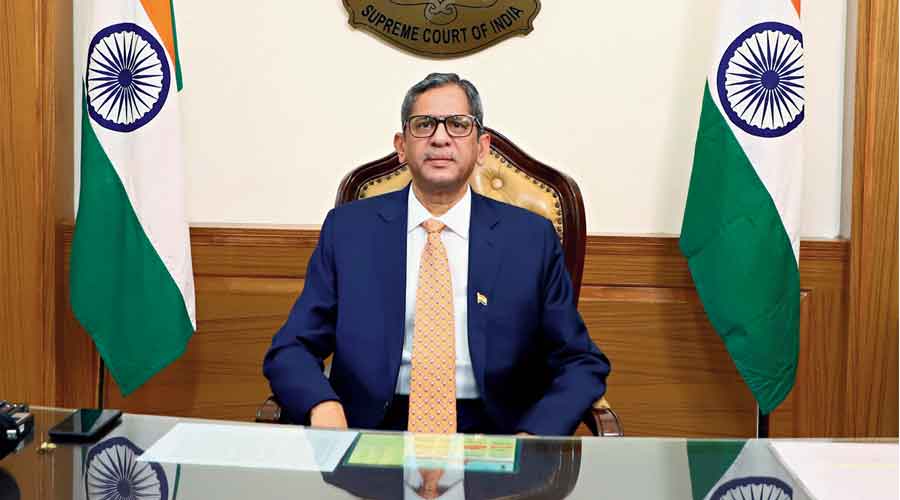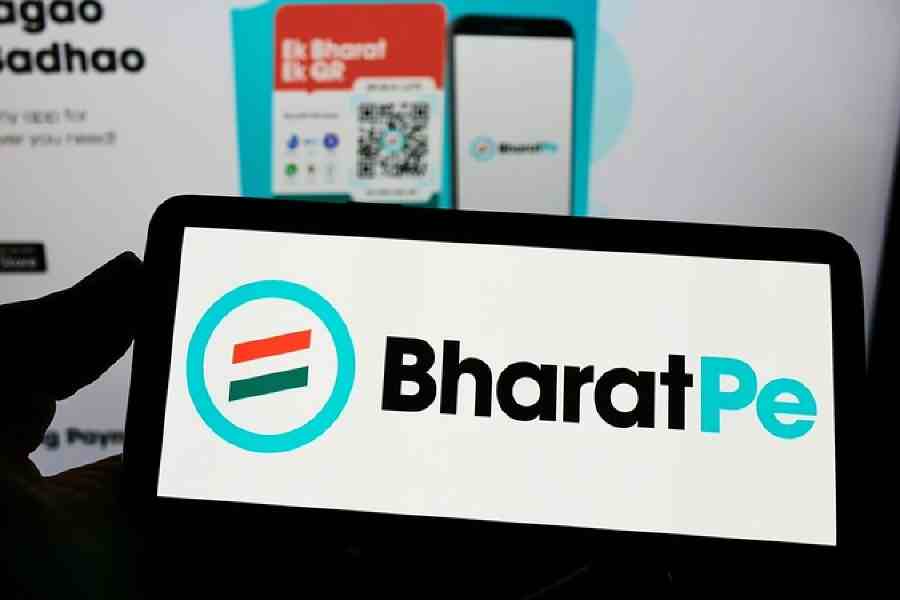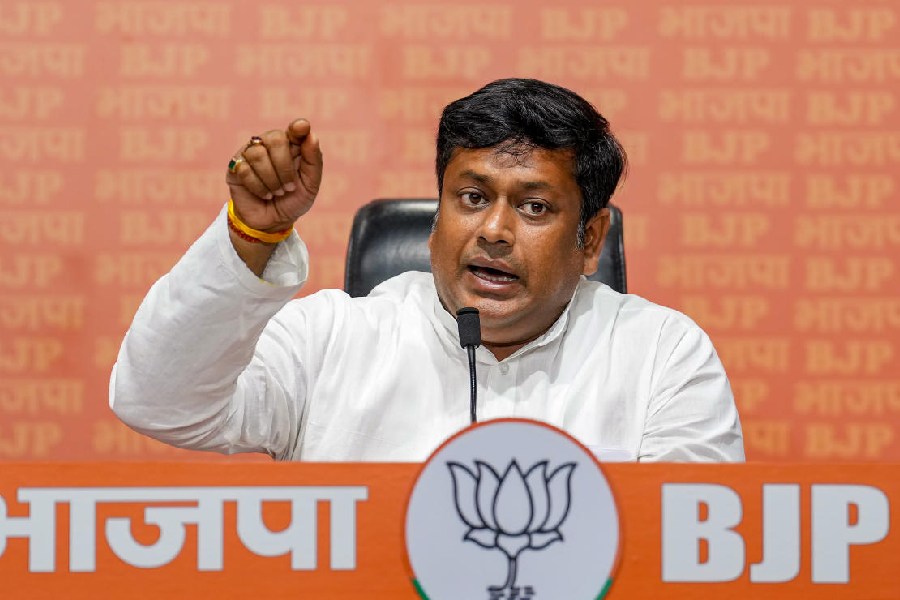Chief Justice of India N.V. Ramana on Thursday launched a digital platform that will speedily and securely send the Supreme Court’s orders to relevant authorities, avoiding unnecessary delays such as those in the release of prisoners granted bail.
The platform Fast and Secured Transmission of Electronic Records (Faster) will transmit the top court’s interim orders, judgments, stay orders, bail orders and the like through a secure channel to lower courts, tribunals and other institutions concerned.
The orders will be communicated instantly anywhere in the country, denying those mandated to carry them out the excuse that they are yet to receive the official orders.
On June 15 last year, the release of three anti-citizenship-act protesters — JNU students Natasha Narwal and Devangana Kalita and Jamia Millia Islamia student Asif Iqbal Tanha — was delayed despite Delhi High Court granting them bail. The delay had generated widespread criticism and suspicion.
In the case of Tanha and Narwal, Delhi police had sought time for verification till June 21, and in the case of Kalita, till June 18. Many saw this as a tactical ploy to delay their release pending the police’s appeal against their bail.
After the students challenged the delay, the high court directed the trial court to “proceed with promptitude and expedition” in considering their release. The trio were freed on June 17.
Apex court orders are now sent through official messenger services or by post, or are uploaded on the official website, which takes time. In several instances, the parties’ lawyers collect the court orders and pass them on to their clients.
Justice Ramana had himself suggested the idea of instant transmission on July 16 last year.
A bench headed by him had taken suo motu cognisance, on the basis of newspaper reports, of delays in compliance with the apex court’s bail orders in favour of 12 convicts lodged in Agra Central Jail who had spent 14-22 years in prison. Their release had been delayed by over three days.
At the time Justice Ramana had observed: “In this modern era of technology, why are we still looking at the skies for pigeons to deliver our orders?”
He had then passed judicial orders for installing a digital platform for the transmission of e-authenticated copies of the apex court’s orders to duty holders for execution.
Sources said Faster had been developed by the Supreme Court registry in collaboration with the National Informatics Centre (NIC). So far, 73 nodal officers have been nominated at various levels and 1,887 email IDs created for the system to reach all the districts in the country.
A Faster cell, established in the Supreme Court registry, will transmit the orders or records of proceedings to the duty holders through email.
For authentication, all the orders or records of proceedings will bear the digital signatures of the authorised nodal officers of the Supreme Court as well as institutional digital signatures.
Speaking at the launch, Justice Ramana hoped that, when the project’s second phase is completed in the near future, the Supreme Court would be able to transmit all its records through this system, removing the need to share hard copies altogether.
Justice Ramana complimented the secretary-general, registrars and NIC officials for evolving Faster in a very short time. He thanked the high courts and various other authorities for their cooperation.
Justices A.M. Khanwilkar, D.Y. Chandrachud and Hemant Gupta of the apex court attended the event. It was joined virtually by the chief justices and e-committee chairpersons of the various high courts.











